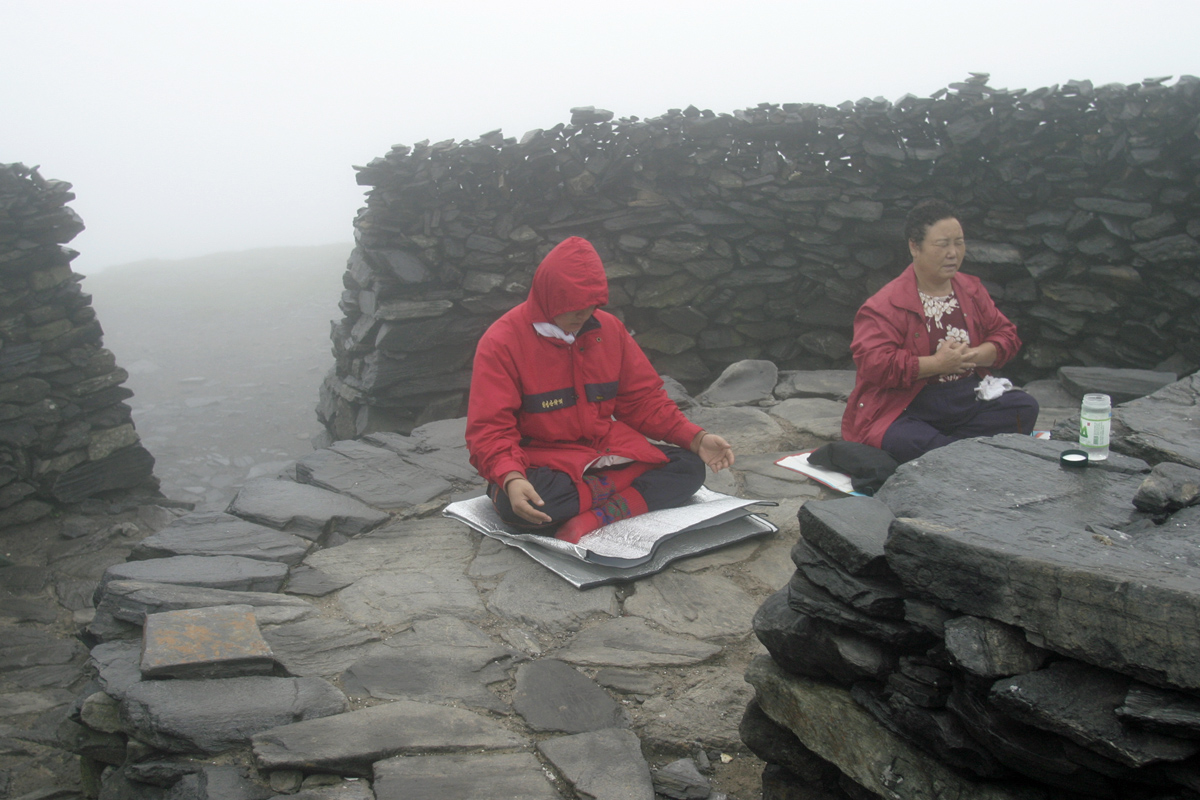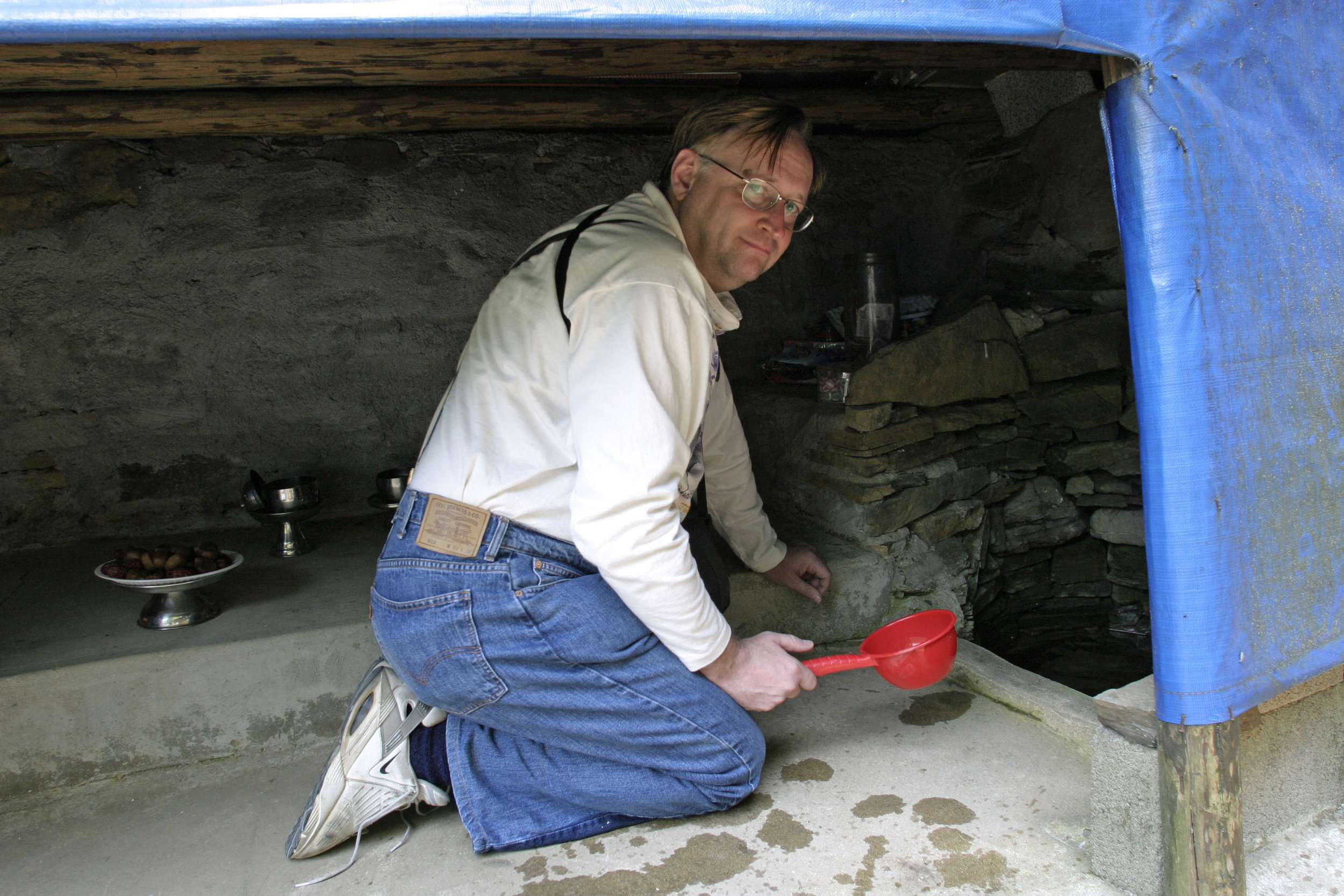Busan port
In 2003 when I was living in South-Korea Busan harbour was the fourth largest container port in the world. The volume of container trade measured in TEU (Twenty Foot Equivalent Unit) would become an indicator of the globalised economy. In 2008, the world total containerised trade was estimated at 137 million TEUs, a 5,4 % increase over the previous year. During the global financial crisis of 2007-2008 consumer confidence nosedived resulting in plummeting consumption of manufactured goods. The global container throughput volumes decreased by between 10% and 15% in 2009. Years later in 2017 Korean shipping company Hanjin was declared bankrupt caused in part by overcapacity in the container ship industry. When Hanjin was declared bankrupt a container with products for the company I am currently working for was floating in the Indian Ocean for months.
The COVID-19 recession in 2020 led to increased import demand for manufactured consumer goods, resulting in a shortage of shipping containers and increased prices. The shortage was caused by an asymmetrical trade with Asia exporting significantly more good than importing.
In 2003 these challenges were a long way off and the Port of Busan continued to grow at a steady pace. A friend who was working in the nautical publishing industry saw a business opportunity. He wanted to establish a photo library of shipping related photographs and since I was living in Busan, I consequently spent some time working in the harbour. There were some hurdles to overcome like obtaining a photo permit, which led to several meetings with the port authority resulting in my wife, my translator, getting into a verbal fight with the men in charge. She stormed off in a taxi and left me behind. In hindsight I can laugh about it. I never got my photo permit.
The photo library never came into fruition either and the photos I took in Busan harbour were never used, expect for a single sale if I remember correctly. Back in 2003 my digital camera was pretty awful compared to later technology.









